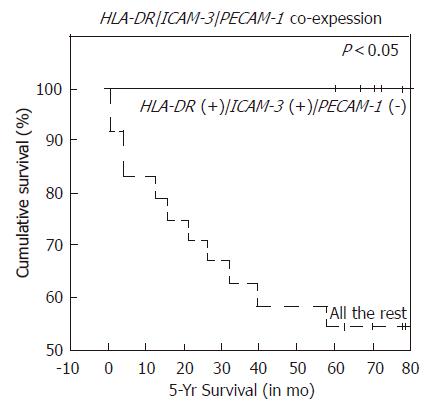Copyright
©2006 Baishideng Publishing Group Co.
World J Gastroenterol. Mar 28, 2006; 12(12): 1933-1936
Published online Mar 28, 2006. doi: 10.3748/wjg.v12.i12.1933
Published online Mar 28, 2006. doi: 10.3748/wjg.v12.i12.1933
Figure 1 Hypodense round lesions in the liver due to amebic liver abscess.
Figure 2 Contrast-enhanced CT scan of the abdomen showing the ileocecal mass with thickening of the cecal wall (A) and histological examination of the biopsies showing trophozoites of E.
histolytica (B) (H & E X 800).
Figure 3 Contrast-enhanced CT scan of the abdomen with the presence of ALA in the liver (A) and ileocecal mass (B).
Figure 4 Colonoscopy findings in a patient showing deep round and oval ulcers in the cecum (A), histological examination of the biopsies obtained from ulcers in the cecum showing the presence of trophozoites of E.
histolytica (B) and from a patient with amebic liver abscess and cecal mass showing the presence of multiple epithelioid cell granulomas and Langhans giant cells (C) (H & E X 40).
Figure 5 Colonoscopic appearance of the mass lesion in a patient with cecal cancer.
- Citation: Misra SP, Misra V, Dwivedi M. Ileocecal masses in patients with amebic liver abscess: Etiology and management. World J Gastroenterol 2006; 12(12): 1933-1936
- URL: https://www.wjgnet.com/1007-9327/full/v12/i12/1933.htm
- DOI: https://dx.doi.org/10.3748/wjg.v12.i12.1933













